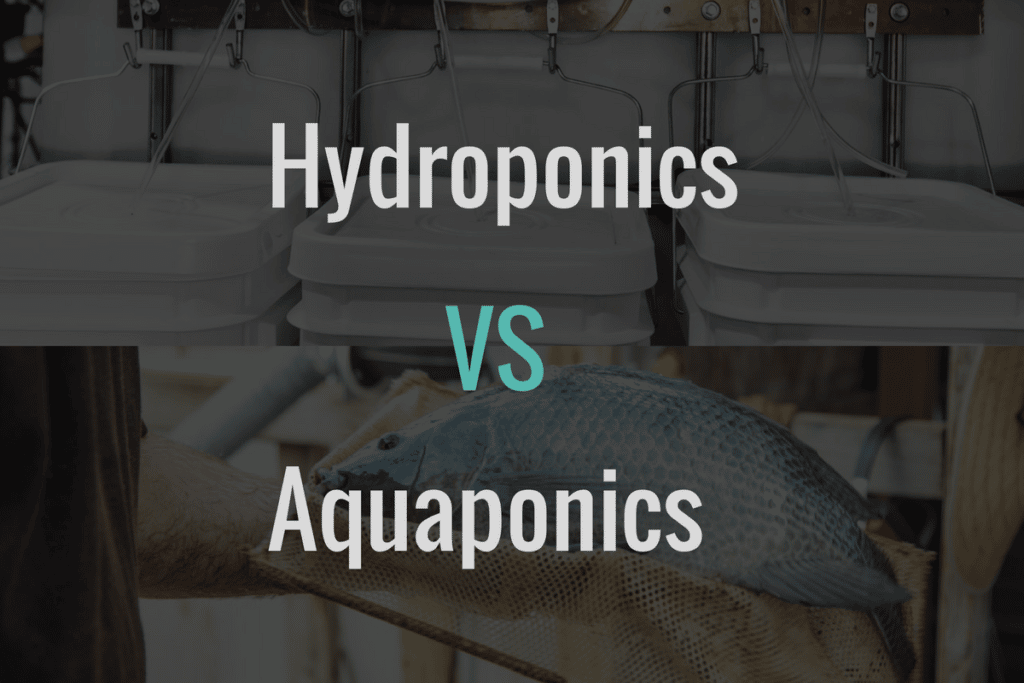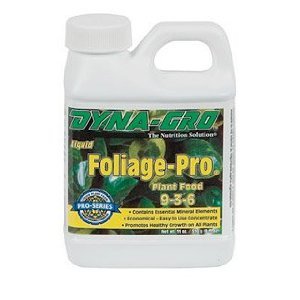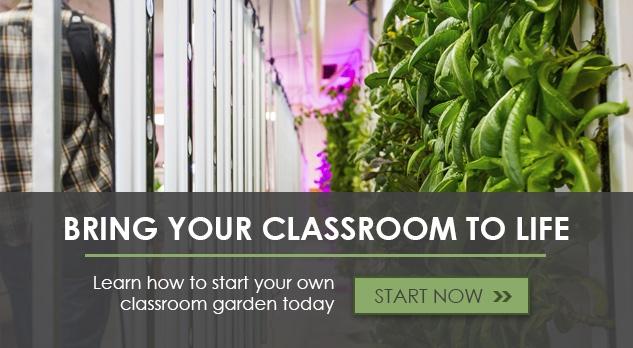Hydroponics or Aquaponics? 5 Differences to Help You Choose
We’ve already discussed how hydroponics can amplify your teaching techniques and boost creative student thinking.
I haven’t spoken to a single educator yet who wasn’t thrilled about the idea.
Reminder…
Hydroponics = growing plants without soil using a nutrient solution (fertilizer)
Aquaponics = growing plants AND fish without soil using the fish waste as a nutrient solution.
If you loved hydroponics, chances are you’ll be enthralled with aquaponics.
Even so, hydroponics could still be the right decision for you.
Which is Best for Your Classroom Gardening Project?
Here are five differences between hydroponics and aquaponics that will help you choose the best method for your classroom.
1) Fertilizer vs. Fish
Hydroponics is the growing of plants without soil, named for the assumption that in such a system, the plants receive the nutrients they need from a fertilizer/water solution.
Hydroponics systems vary in design, including systems such as raft systems, bed systems (which typically use a media such as expanded shale or pea gravel), and vertical systems.
Aquaponics is a type of hydroponics in which the nutrient fertilizer is replaced by fish waste. The waste is run from fish tanks through a plumbing system which delivers the nutrient-rich solids to the plants.
Like general hydroponics, aquaponic systems vary in design and set up, which make them a versatile teaching tool.
2) Teaching Topic Variety
Aquaponics does have several characteristics which can make it a better teaching tool.
The fish factor adds a whole new dimension to the system; with the addition of another life cycle comes more biological concepts to be demonstrated.
Water chemistry must be approached differently, since nutrient input can vary with fish density, fish health, the feed being used, etc.
Plumbing and set-up are both more complicated and more interesting- filters and skimmers become more important, and more plumbing has to be built with fish tanks.
While these complications could be viewed as “cons” by some, the educators we know have chosen to view them as benefits instead, using these additional requirements to expand and enrich their curriculum.
3) The “Fish Factor” Ups Enthusiasm

When it comes to students, we’ve observed something amazing happen when the fish factor is added. Where students are interested in hydroponics, the entrance of an animal seems to amplify student’s enthusiasm.
Tweet this!
When students become responsible for the life of a living animal, there’s a leap in the seriousness with which they treat the system. Tweet this!
This responsibility often translates into a great life lesson about doing your best but not giving up if your system experiences failures and challenges.
4) Simplicity
As the simpler of the two techniques, hydroponics presents it’s own unique benefits.
If you are teaching younger grades, hydroponics may give you more than enough material to work with, and the addition of fish could just complicate things unnecessarily.
5) Space Requirements
Hydroponics may be a better option for you if you are working with limited space.
Hydroponics typically takes up less space without the fish tanks, and sizes can range from small to commercial sized.
(An example of a small system would be the “Spring System“, which takes up only 2 square feet.)
Even if you don’t have floor space, some hydroponic systems can be built to fit on a window sill, table or even on the wall.
Learn more about the differences between the two:
Aquaponics Academy #3: Hydroponics vs. Aquaponics
Find other episodes here.
What Do You Need to Build Your Own?
For hydroponics:
- Sump tank
- Plumbing supplies
- ZipGrow towers
- Nutrient solution
For aquaponics:
The requirements for an aquaponics system will be much the same as the above greenhouse installation, with several additions:
- Fish tanks
- Fish
The rack system is made from locally available materials like 2×4 boards and pvc piping. This slideshare demonstrates the basic construction process for your aquaponics system.
Assembling a Vertical Rack System from Bright Agrotech:
See how educators are using these techniques
Educators around the world are coming up with hundreds of unique, opportunity-creating classroom gardens. See what they’re up to and learn more about how to start a system here:








